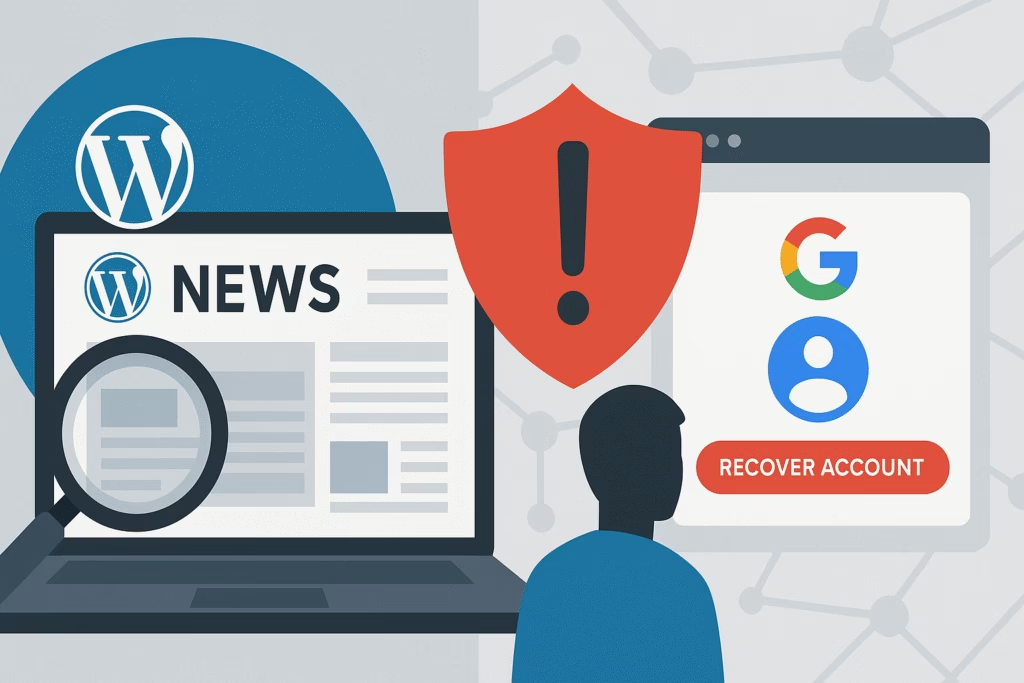
Introduction
As digital payments surge—projected to exceed $10 trillion globally in 2025—cybercriminals are sharpening their phishing tactics to intercept financial transactions. According to the Anti-Phishing Working Group (APWG), phishing attacks hit a record high of 1.1 million incidents per month in early 2024. Whether you’re a consumer using mobile wallets or a financial institution offering online banking, understanding the latest phishing method innovations and deploying robust anti phishing tools is critical. This article explores proven approaches to secure digital payments, highlights top phishing softwares, and provides actionable steps to fortify your financial apps—featuring PhishDef’s advanced protection solutions.
Understanding Phishing Methods in Digital Payments
Phishing remains the leading social engineering attack vector, exploiting human trust to steal credentials or financial data. In the context of digital payments, attackers often impersonate banks, payment processors, or popular e-commerce platforms to trick users into disclosing sensitive information.
Common Phishing Techniques
- Email and Website Spoofing: Fraudulent emails or clones of bank websites lure users to fake login pages.
- Smishing and Vishing: SMS (smishing) and voice calls (vishing) prompt victims to share one-time passwords or transfer funds.
- Man-in-the-Middle (MitM) Attacks: Attackers intercept transactions by compromising Wi-Fi or browser sessions.
- Phishing Kits: Readily available phishing softwares on the dark web generate convincing fake login portals with minimal technical skills required.
Essential Anti-Phishing Tools for Financial Apps
Securing digital payment platforms demands a multi-layered defense. Combine technical solutions with user education to stop phishing attacks before they impact your bottom line.
1. Two-Factor Authentication (2FA) and Multi-Factor Authentication (MFA)
- Require a second verification step—SMS codes, authenticator apps, or hardware tokens—to block stolen credentials alone from granting access.
- Use risk-based MFA to challenge high-value transactions or unknown devices.
2. Browser-Based Anti-Phishing Toolbars
- Toolbars like Netcraft or Microsoft Defender SmartScreen scan URLs in real time, warning users of malicious sites.
- Integrate with financial apps’ in-app browsers for consistent protection.
3. Machine Learning–Driven Email Filters
- Advanced anti phishing tools use anomaly detection, content analysis, and threat intelligence feeds to quarantine suspicious emails.
- AI models continuously learn new phishing patterns, reducing false negatives.
4. Device Fingerprinting and Behavioral Analytics
- Track device attributes (OS, browser version, location) and flag deviations from a user’s normal profile.
- Combine with transaction velocity checks to detect anomalous money transfers.
5. Dedicated Phishing Protection Platforms
Companies like Cofense, Proofpoint, KnowBe4—and emerging services such as PhishDef—offer end-to-end anti-phishing suites. These platforms include:
- Simulated phishing campaigns for employee training
- Real-time threat intelligence sharing
- Automated incident response workflows
- Compliance reporting for regulations like PCI DSS and FFIEC
Implementing Anti-Phishing Tools: Step-by-Step Guide
- Assess Your Attack Surface: Map all entry points—web portals, mobile apps, APIs—and inventory current security controls.
- Select Complementary Solutions: Combine email filters, browser extensions, and in-app protections. Prioritize vendors with strong integration APIs.
- Deploy in Phases: Roll out tools to pilot groups, collect feedback, and refine configurations before organization-wide launch.
- Conduct Phishing Simulations: Use red-team exercises or platforms like PhishDef to benchmark vulnerability levels among staff and customers.
- Train End Users: Provide concise, scenario-based training on identifying phishing emails, suspicious links, and verifying payment requests.
- Monitor and Iterate: Review logs weekly, adjust spam-filter policies, and update machine learning models with new threat data.
Real-World Case Studies
Case Study 1: Regional Bank Thwarts $1 Million Phishing Scheme
A U.S. regional bank faced a sophisticated spear phishing attack targeting executives’ credentials. Leveraging device fingerprinting and AI-powered email filters from PhishDef, the bank detected fraudulent login attempts from foreign IPs. Automated transaction holds and two-step verification prevented a potential $1 million wire transfer to offshore accounts.
Case Study 2: Fintech App Reduces Account Takeovers by 85%
A fast-growing payment startup integrated browser-based anti-phishing toolbars along with simulated phishing campaigns. Within three months, user-reported phishing incidents jumped by 250%, while actual account takeovers dropped by 85%. Continuous training boosted user vigilance, turning customers into the first line of defense.
Practical Tips to Enhance Digital Payment Security
- Verify URLs Manually: Encourage users to check for HTTPS, correct domain spelling, and valid SSL certificates before entering credentials.
- Use Mobile App Over Browser: Official banking apps often embed stronger security controls than generic web browsers.
- Keep Software Updated: Patch operating systems, browsers, and payment apps to close known vulnerabilities.
- Avoid Public Wi-Fi: Use trusted networks or VPNs when completing transactions.
- Educate on Social Engineering: Teach users to scrutinize unexpected payment requests or urgent alerts claiming to be from their bank.
- Implement Fraud Alerts: Send real-time SMS or push notifications for all high-value or out-of-pattern transactions.
Key Takeaways
- Phishing remains a top threat to digital payments—over 1 million monthly incidents reported in 2024 by APWG.
- A multi-layered approach combining MFA, email filtering, browser toolbars, and behavior analytics is essential.
- Phishing softwares and kits on the dark web lower attackers’ technical barriers—defenses must adapt.
- Regular simulations and user training transform employees and customers into active defenders.
- Platforms like PhishDef offer integrated anti-phishing tools with real-time threat intelligence and automated responses.
Call to Action
Protect your financial app and users from evolving phishing threats. Discover how PhishDef’s comprehensive anti-phishing tools can integrate seamlessly into your digital payment infrastructure. Request a demo today and take the first step toward bulletproofing your financial platform.


